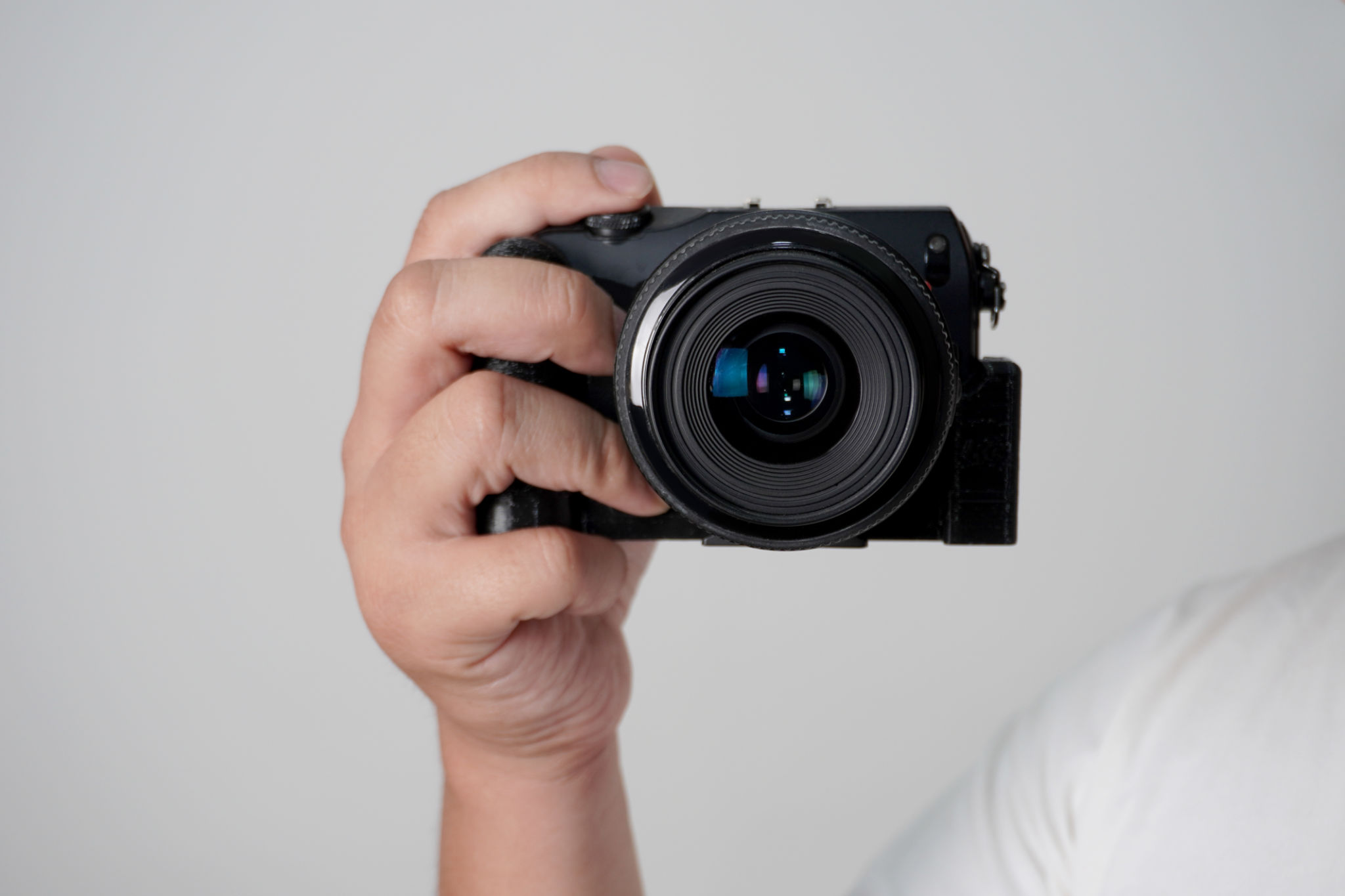Understanding the Differences: DSLR vs. Mirrorless Cameras for Photographers
Introduction to DSLR and Mirrorless Cameras
When it comes to choosing a camera, photographers often find themselves torn between DSLRs and mirrorless systems. Both offer unique advantages and can significantly impact your photography experience. Understanding the differences between these two types of cameras can help you make an informed decision suited to your specific needs.

Understanding DSLR Cameras
DSLRs, or Digital Single-Lens Reflex cameras, have been a staple in photography for decades. They work by using a mirror mechanism to reflect light from the camera's lens up to an optical viewfinder. This allows photographers to see exactly what the lens sees, offering a true-to-life preview of the shot.
One of the primary advantages of DSLRs is their robust build and extensive range of compatible lenses and accessories. They often have longer battery life due to their optical viewfinder, meaning photographers can shoot for extended periods without needing a recharge.
However, DSLRs tend to be larger and heavier compared to their mirrorless counterparts. This can be a consideration for photographers who prioritize portability or need to carry their equipment for long periods.

Exploring Mirrorless Cameras
Mirrorless cameras, as their name suggests, do not use a mirror mechanism. Instead, light passes directly through the lens to the image sensor, allowing for a digital preview on an electronic viewfinder or LCD screen. This fundamental design difference allows mirrorless cameras to be more compact and lightweight.
The electronic viewfinder in mirrorless systems provides certain advantages, such as live exposure previews and focus peaking, which can aid in achieving sharper focus. Additionally, these cameras often boast faster continuous shooting speeds due to their simpler mechanical structure.
Despite their advanced technology, mirrorless cameras may have shorter battery life compared to DSLRs, as electronic viewfinders and screens consume more power. Photographers might need to carry extra batteries for longer shoots.

Comparing Image Quality
Both DSLR and mirrorless cameras are capable of producing stunning images, but there are some differences worth noting. Since both types of cameras can house similar image sensors, the quality of images largely depends on the sensor size and resolution rather than the camera type itself.
However, mirrorless cameras often have an edge when it comes to video capabilities, offering superior autofocus performance and higher video resolutions in many models. This makes them popular among videographers as well as photographers looking to capture high-quality video content.
Lens and Accessory Options
DSLRs have been around for longer, which means there's a vast selection of lenses available across different brands. Photographers who already own DSLR lenses may find it more convenient to stick with this system.
Mirrorless cameras are catching up quickly, with many manufacturers expanding their lens offerings. Additionally, adapters are available that allow photographers to use DSLR lenses on mirrorless bodies, providing flexibility during the transition period.

Final Thoughts: Which Is Right for You?
The decision between DSLR and mirrorless cameras ultimately depends on your individual needs and preferences. If you value a traditional photography experience with a reliable optical viewfinder and extensive lens options, a DSLR might be the way to go.
Conversely, if you prioritize portability, cutting-edge technology, and superior video capabilities, a mirrorless camera could be more suitable. Consider factors such as budget, intended use, and personal comfort when making your choice.
In conclusion, both camera types offer distinct benefits and cater to different photographic styles. Understanding these differences will empower you to make a choice that enhances your creative journey.